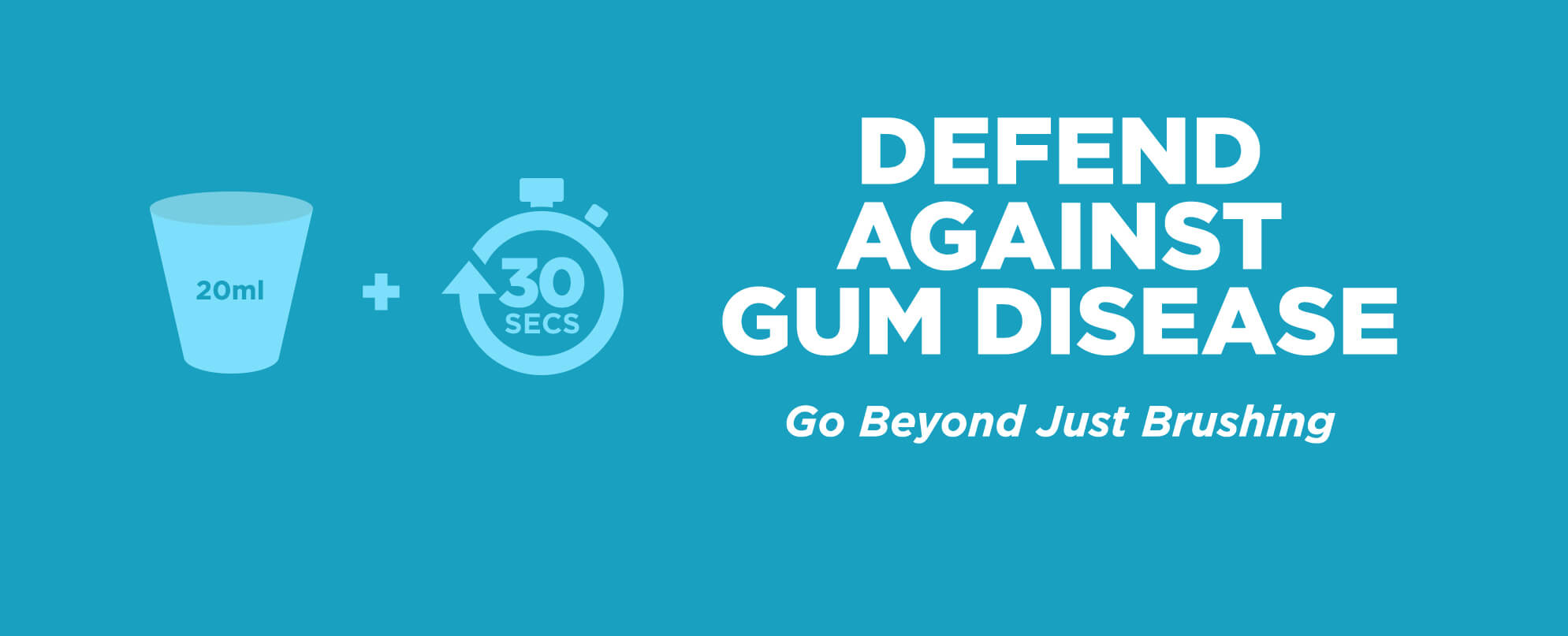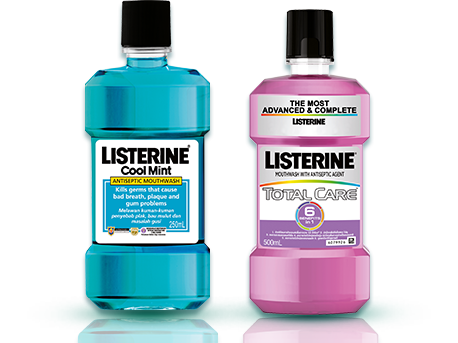Gum disease is a mouth infection caused by thick bacteria clinging to gums and teeth. Getting rid of gum disease starts with figuring out what kind you have. If your gums are puffy or you see blood in the sink when you brush, you might be looking at gum problems. If left untreated and you experience severe gum and bone damage, it could be the more advanced periodontitis. Either way, you’ll need to commit to a new routine to solve it, incorporating brushing, flossing and rinsing.
1. Give Your Mouth an Improved Routine
Gum disease mainly develops when we’ve slackened on our oral care. When gum disease is in the early stage, the solution is simply upgrading your routine to wash away grime. Brushing after meals, flossing and swishing with antiseptic mouthwash twice daily can stop gum problems in its tracks. Also schedule regular dentist checkups, because when plaque develops into tartar, it can only be removed with professional cleanings. Early gum disease is preventable if you swiftly take action.
2. Get a Thorough Cleaning
If sticking to improved oral health routines isn’t reversing gum disease symptoms, you likely have a more advanced infection where deep, hard-to-reach bacteria pockets have formed around the base of your teeth. A deep cleaning by a dentist or periodontist every 6 months is the best way to rid your mouth of tartar.
3. Pick up Medicated Reinforcements
If problems persist, antibiotics may be prescribed to fully eradicate the infection-causing microorganisms in your mouth, ranging from topical gels you spread into pockets or gaps between gums and teeth to antibiotic swishes.
4. Leave It to the Experts
To treat more advanced forms of gum disease, dentists may recommend one of several types of gum surgery - or even a combination of them - to remove deep pockets and inflammation. Options include flap surgery (where gums are lifted away from the teeth, tartar is removed and gums are sutured back around the teeth); soft-tissue grafts (which replace worn-away gums to cover exposed roots); bone grafts (to replace lost bone with grafts from humans or animals, or even man-made materials); and tissue regeneration (to try to grow back lost bone). These procedures are as complicated as they sound, so you’ll want to avoid them if you can.

Why Rinse
BRUSHING ONLY CLEANS 25% OF YOUR MOUTH*
*http://www.livestrong.com/article/101756-causes-infection-tonsils/

